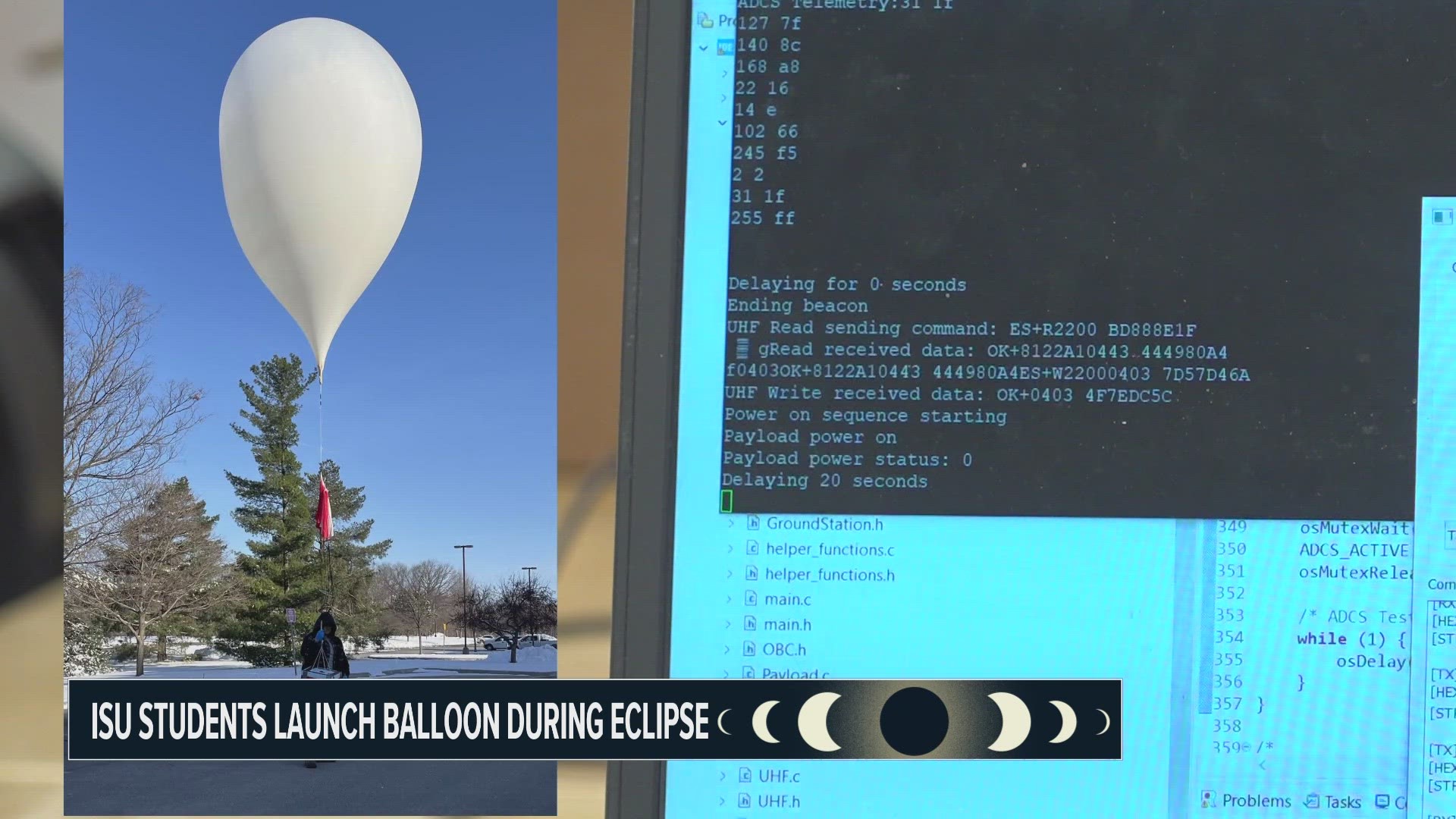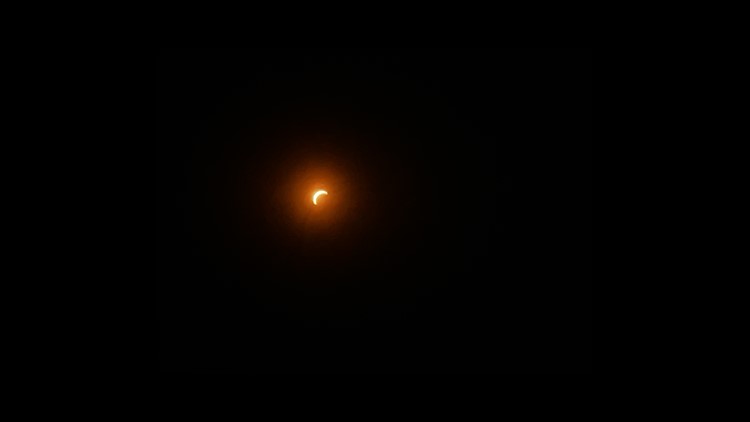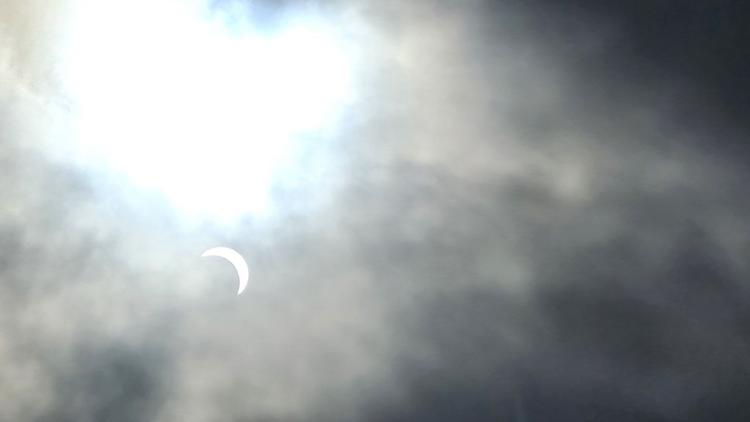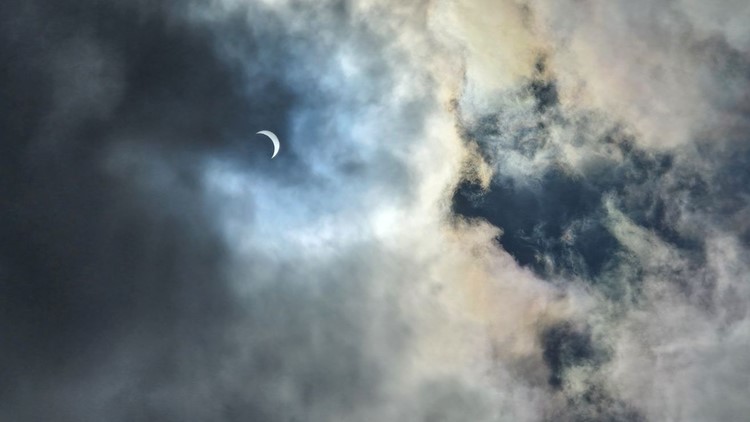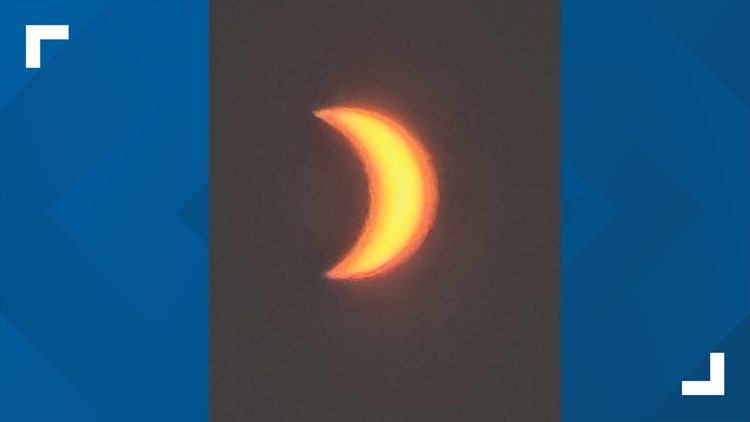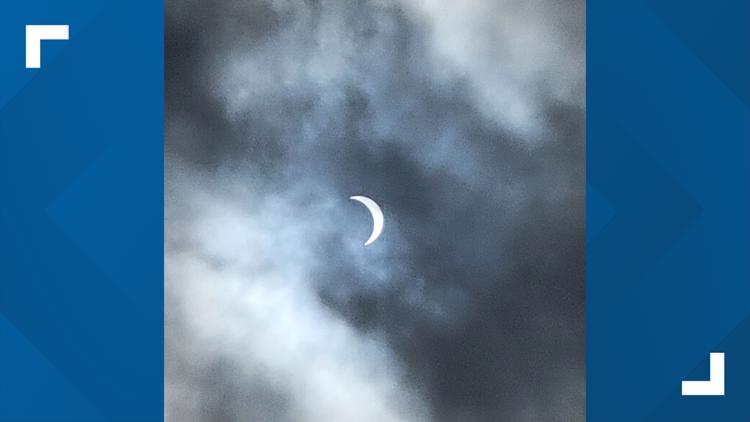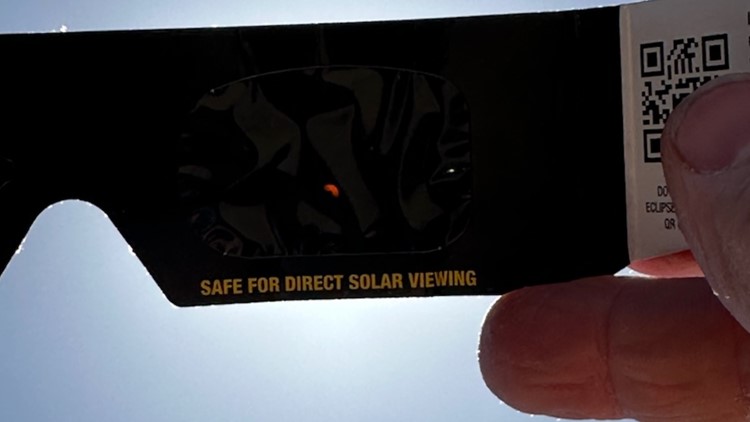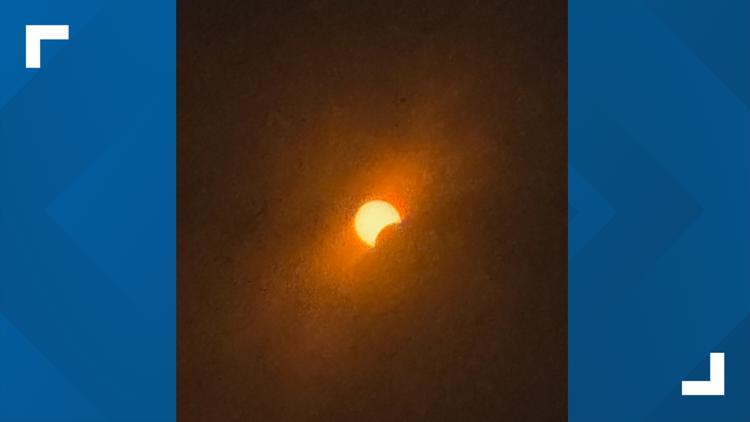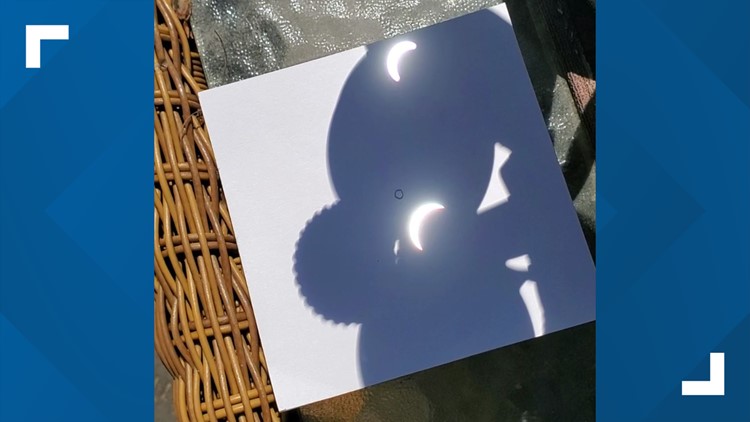AMES, Iowa — Iowa State University sent some of their students to the path of the total solar eclipse on Monday to track atmospheric measurements as part of an aerospace engineering course.
As the moon passed between the sun and Earth, blocking the sun from view, Cyclone students watched data tracking the fluctuation in temperature, air pressure and humidity before, during and after the eclipse from Carbondale, Il.
"One of the instruments also has some motion sensors on there as well too, so we can see how still or how things were shaking up, which does typically happen as it comes down," explained Matthew Nelson, the Make to Innovate program director.
The team also joined high-altitude balloons recording similar data, ran by a NASA-led network.
"It's very good that I'm a part of it, and my team's a part of it, and we're very fortunate," said senior student Brody Echer.
The balloon ISU launched carried a parachute and spacecraft with three GPSes, which compute all the data and track the falling parcel, so the team can rescue it once it plunges back into the atmosphere.
"At the highest altitude we get to, about 20 miles up, it's about the size of a school bus in diameter," Echer said.
Once the balloon reaches its peak about 20 miles up, or 95-99% above the Earth's atmosphere, that's when it detaches from the rest and starts its descent.
The High Altitude Balloon Experiments in Technology (HABET) course at Iowa State University, which these students are a part of, also ran a test launch back in March to prepare for the rare spectacle on Monday.
They use a hose to inflate the balloon for minutes before it's ready to go. It's all about practice to avoid any mistakes and collect data the university hasn't had a chance to get for decades.
If we hadn't been practicing, we'd probably be out there, heads cut off," Echer laughed.
Nelson said this experience in Illinois really sets students up for careers after school, because "this is where they get to apply that knowledge into a real world setting."

